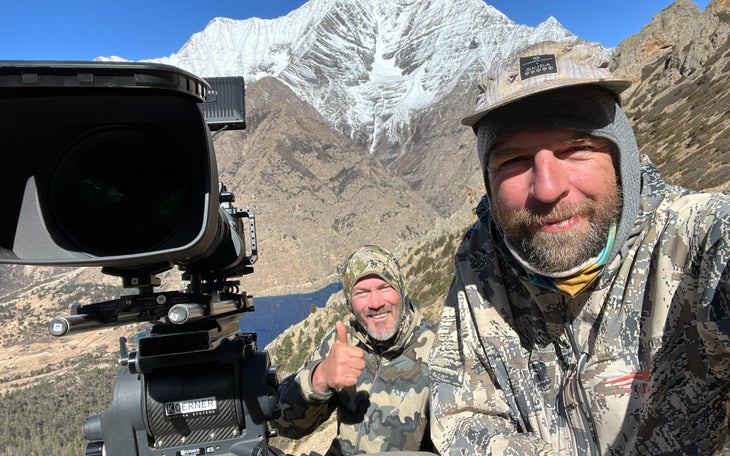Think Your Job Is Tough? Talk to a Mount Everest Icefall Doctor.
Mount Everest’s Icefall Doctors, the workers who build and maintain the route through the Khumbu Glacier, pursue a livelihood rooted in tradition and danger
New perk: Easily find new routes and hidden gems, upcoming running events, and more near you. Your weekly Local Running Newsletter has everything you need to lace up! .
The helipad at the northern end of Mount Everest Base Camp was buzzing with energy when I arrived on a sunny Monday afternoon in mid-May. Men clad in DayGlo vests and hardhats chatted as the whine of a flying cargo drone echoed through the valley. A few hundred meters beyond, the massive Khumbu Icefall cascaded from the flanks of Mount Everest like a powerful waterfall, frozen in time.
This area is the staging zone for the drone operations of the so-called “Icefall Doctors,” a team of mountain workers that build and maintain the route through the shifting Khumbu Icefall, the most dangerous section of the Everest climb. Before any climbers can venture onto the peak, these workers must ascend frozen cliffs and navigate a labyrinthian and alien landscape made of ice. They lay ladders across deep crevasses and place them on the sides of skyscraper-sized frozen blocks. They twist titanium ice screws into the frozen environment and string safety ropes through the glacier, up 1,300 vertical feet.
Their work creates the key artery that climbers and guides use to access the higher camps on the mountain. Perhaps no job on the mountain is more important—yet more wrapped in paradox. On one hand, the job of the Icefall Doctors is changing with the influx of new technology and the swelling crowds on Mount Everest. On the other hand, perhaps no job on Mount Everest is as irreplaceable. The work they do must be done by hand, and with patience and attention to detail.
“Without the Icefall Doctors, Everest is impossible,” Jangbu Sherpa, whose official Icefall Doctor title is Second Leader, told �����ԹϺ���. “The routes we open through the icefall, no other mountain guides can. They don’t have the courage.”









